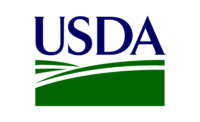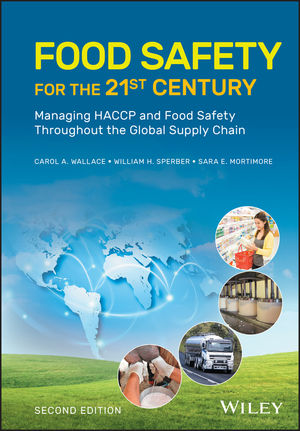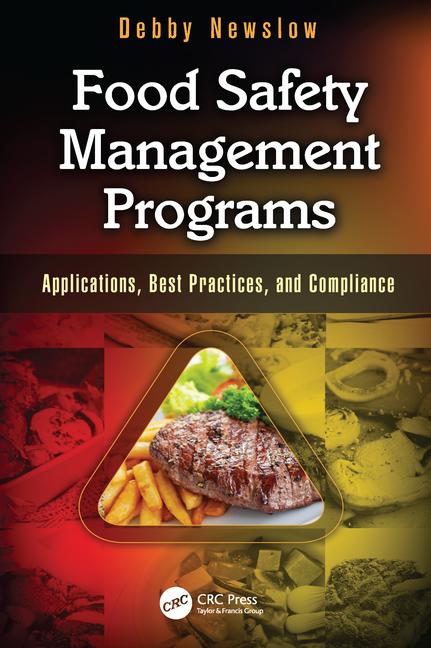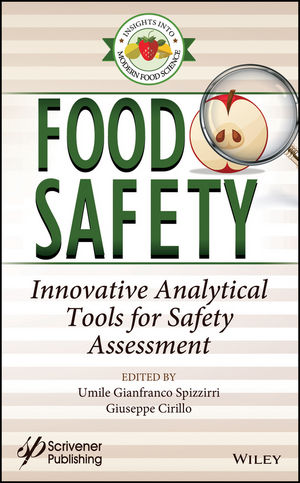Food Safety Training and Education

Training and education are the stepping stones to food safety; they link theory to practice. How often have we had a good piece of legislation, yet those who have to implement it are unaware of it or have not understood its importance? As such, training and education are one of the fundamental elements of any program, yet their true importance is not always recognized at fair value. Therefore, sometimes, due to poor design or implementation, training and education do not achieve the desired objectives. They are often treated lightly or as an afterthought, as if just sitting in classroom and getting a certificate will do the job.
Here, we report a few considerations in the planning, design and implementation of education and training programs, in particular, in regard to food safety management, although the principles apply to all fields. Before that, it needs to be said that although the terms education and training are often used interchangeably, they have different meanings. Education is generally defined as the process of learning and acquiring information. It may be carried out such purposes as having a profession, a university degree or, more generally, for developing the power of reasoning and judgment. Training is the process of teaching a person (or an animal) a particular skill or a type of behavior. A key difference between training and education is that in training, the subject may learn to practice a behavior without always or necessarily knowing, or thinking of, the reason behind it. In education the subject receives the knowledge and motivation to make informed decisions and choices. For professionals in food safety, both education and training are needed.
.jpg) One of the key weaknesses in our education and training programs is their design, that is, the lack of alignment between the responsibilities and the tasks that individuals are required to perform and their education and training. It is the responsibility of company management to ensure that every employee has a clear job description, which outlines the work objectives, what is expected from him/her and ensures that the employee has the corresponding knowledge and training (Figure 1[1]).
One of the key weaknesses in our education and training programs is their design, that is, the lack of alignment between the responsibilities and the tasks that individuals are required to perform and their education and training. It is the responsibility of company management to ensure that every employee has a clear job description, which outlines the work objectives, what is expected from him/her and ensures that the employee has the corresponding knowledge and training (Figure 1[1]).
The management has the duty to ensure that the responsible staff has the right education and training to perform their function. Failing to do this, the management will have to bear the responsibility of any incident which would ensue.
 As much as training and education are important for the management of food safety, it would be wrong to automatically associate failures in food safety management to the competence of managers or employees and their lack of training. A failure can have multiple causes; therefore, before deciding to resolve an issue with further training, it is essential to investigate the root cause of the failure and understand the underlying organizational problems (Figure 2[1]). Lack of training may be one of the reasons. At times, the root cause of the incident or issue are factors related to conditions of work: overload of work, poor quality of communication, unclear instruction, unclear job description, unfeasible policies and directives, inconsistency between responsibility and authority, inadequate resources, lack of motivation or conflict in values, etc.
As much as training and education are important for the management of food safety, it would be wrong to automatically associate failures in food safety management to the competence of managers or employees and their lack of training. A failure can have multiple causes; therefore, before deciding to resolve an issue with further training, it is essential to investigate the root cause of the failure and understand the underlying organizational problems (Figure 2[1]). Lack of training may be one of the reasons. At times, the root cause of the incident or issue are factors related to conditions of work: overload of work, poor quality of communication, unclear instruction, unclear job description, unfeasible policies and directives, inconsistency between responsibility and authority, inadequate resources, lack of motivation or conflict in values, etc.
One of the key sources of conflicts, errors, mistakes or violations is risk perception. An employee may not perceive the reason or the importance of a measure and may subsequently take risky short cuts or neglect some important measures, particularly if or she is working under time constraints, or the management does not show its commitment (i.e., walking the talk). Since the advance of Hazard Analysis and Critical Control Points, the steps essentials for food safety are better communicated, but there are still shortcomings. For instance, in one incident affecting a major pet food company in Venezuela in 2005, a supplier of corn had exchanged the required quality of corn with corn of a lower grade, thus increasing the levels of aflatoxin, not realizing that pets are particularly sensitive to aflaxtoxins.
The issue of risk perception is particularly important with individuals who are not directly involved in management of food safety, yet their actions may impact the safety of products; these can range from the CEO of the company to an employee. For instance, a driver who is transporting a perishable product may not realize the importance of the cold chain for some products, or a machine manufacturer may not appreciate the importance of hygienic engineering and risks associated with fouling and the importance of easy access for cleaning. Another example is a consumer who may not realize the importance of the instructions on the package. Therefore, in any education and training activity, including simple communication, the importance of the information for safety reasons should be explicitly explained. The issue of risk perception will also have a strong bearing on the decision of company management, for example, to recall a product. Although, such decisions should be based on scientific and technical assessment of risks, such exercises are not often feasible in emergencies, and managers may be influenced by their perceptions of the risks and their own biases.
As for any management process, following a training session, it is important to evaluate the impact of the course and improve its design (Figure 1). In this context, after the course, it is important to inquire with trainees on the relevance of the course for their work and, in particular, the constraints they have had in implementing their training. Sometimes, the trainees are hampered in implementing their knowledge because of a lack of appreciation of their peers. To enhance a common understanding, preferably the entire team or department should receive the same training.
To obtain the commitment of the management, the CEO and others in top management should also be regularly briefed on developments in food safety management and expectations of stakeholders, as well as the root cause of failures in their company.
Lastly, remember that although “Education cost money, but then so does ignorance.”[2]
This article is based on Motarjemi, Y. and H. Lelieveld. 2014. Food safety management: A practical guide for the food Industry. Waltham, MA: Academic Press.
Yasmine Motarjemi, Ph.D., is a senior scientist at the world Health Organization. She holds a Ph.D. in food engineering from the University of Lund, Sweden.
Huub Lelieveld is president of the Global Harmonization Initiative, a member of the Executive Committee and past president of the European Federation of Food Science and Technology. He is a member of the Editorial Advisory Board of Food Safety Magazine.
References
1. ISO. 1999. ISO Quality management – Guidelines for training. ISO 10015: 1999. International Organization for Standardization, Geneva.
2. www.searchquotes.com/quotes/author/Claus_Moser/.
>
Looking for a reprint of this article?
From high-res PDFs to custom plaques, order your copy today!









